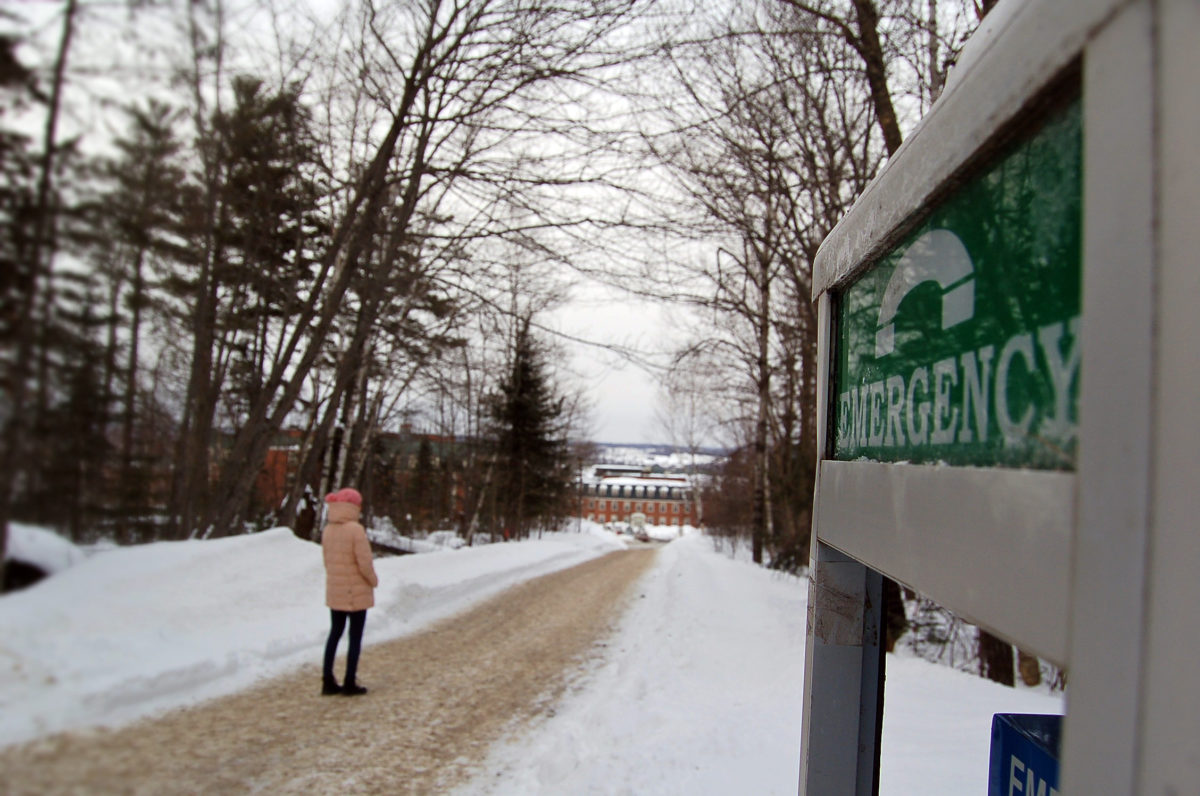St. Thomas University is developing a new sexual violence response protocol to replace the current policy laid out in the student code of conduct. Administration hopes it will be in place before the end of the term.

Hannah Gray, a fifth-year STU student, helped develop the current policy. When she came to STU, the school had nothing in place to handle sexual assault. She and other students like her had to push to get a two-page space for sexual assault in the code of conduct.
“It’s a huge culture shift for St. Thomas to be writing this,” said Gray. “But I still think St. Thomas is going to have to do some work to prove to survivors that they’re safe…if they want survivors coming forward.”
An exhaustive procedure will help sexual assault survivors do just that, said director of student services and residence life Shannon Clarke.
The protocol will be a one-stop shop for anything a survivor might need: steps on how to file a formal complaint, a list of counseling resources available and all the courses of action available to the student. It’s a multi-pronged approach meant to make the reporting process as streamlined as possible.
“One of the fundamental tenets of all the work within this protocol…is ensuring that the person who experienced that incident feels they have control of what happens once they disclose the experience,” said Clarke. “[No one will] force them to make a report — they may not want to, or they may want to know more before filing a formal complaint.”
The CBC published a report on Feb. 6 that quoted experts saying the number of formal reports of sexual assault on campus are too low. St. Thomas had a total of six reported incidents from 2009 to 2013.
Kathleen Pye, a UNB counsellor and Campus Sexual Assault Response Team (C-SART) advocate, said sexual assault on campus is unique because of the nature of the environment.
“There’s a lot of people in a small radius, especially in Fredericton. Everybody knows each other,” she said. “There may be less of a likelihood that someone would want to speak out knowing it could get out to other people.”
Pye said the numbers of reported incidents are probably deflated.
“Reporting to the administration or reporting to the police is really difficult, and the majority don’t,” she said. “They may feel like they’re not going to be believed, they may feel like the process is too complicated, they don’t know what the process is or they might not know they have that option.”
STU works with University of New Brunswick to provide students on both campuses with counseling services, for which C-SART is the point of contact. Pye encourages anyone who has had an experience with sexual assault to come to her so they can work out what to do together.
“It’s an awful reality; people feel that by speaking out and doing what’s best for them, they’re going to get some sort of detriment associated with that.”
Clarke said the protocol encompasses prevention as well as response. With a protocol that outlines how to properly educate students on issues like consent, the university can ensure more exhaustive measures are in place to address the core issue of sexual assault.
“We need to ensure we equip people…with tools to intervene as bystanders in any type of incident. We need to prioritize that,” said Clarke. “A policy is a good thing to have…but we also need to take responsibility on the education front.”
Both Gray and Pye said the school needs to reach out to ensure the university is doing all it can to create an environment where students can come forward to report their experiences.
Gray said the protocol is a huge step in the right direction, but proving assault survivors are safe to talk happens outside of protocol.
Pye said the best route a school can take is opening the dialogue and focusing on the individual student’s needs.
“What we really need to do is make an environment where people feel like they can trust the institution,” she said. “Because we haven’t had a policy in the past, we haven’t had a procedure, we haven’t had a position like mine, there wasn’t any trust built.
“What I’m hoping we can start to do is foster an environment of trust.”
